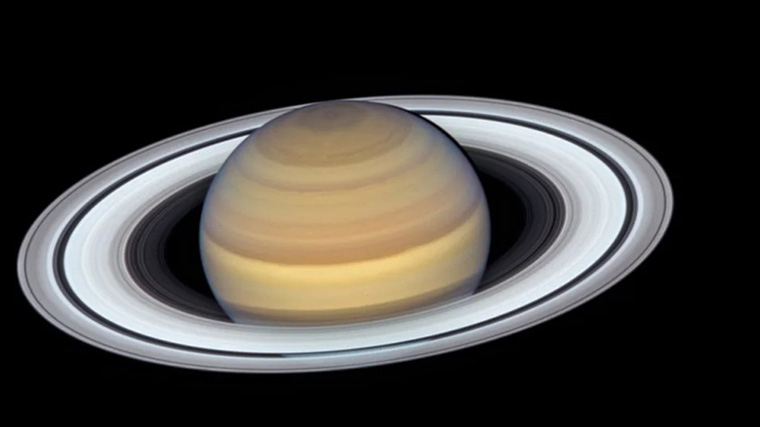The spaceship from the region of Titan and the first close-up photo was taken on June 26, 2004. Thanks to Cassini’s unique infrared and radar capabilities, the first high-quality image of Titan was obtained. This image impressed everyone with its detail and revealed new aspects of the geology and atmosphere of the satellite.
The Cassini spacecraft was launched in 1997 as a result of the transformation of Saturn and its supernatural center. We are equipped with low-scientific instruments, including cameras, spectrometers, and particle detectors, to collect data about the planet, its rings, and satellites.
Cassini-Huygens passing through the gap in the rings. Credit: ESA
Analysis of the data collected by Cassini allowed us to establish that Titan has a thick atmosphere that consists mainly of nitrogen and contains specific amounts of methane. Liquid methane and ethane rain from the sky and fill the lakes and seas on its surface. Additional studies have shown that Titan has a variety of geological structures on its surface, including lakes, rivers, and possible mountains. The data also showed that Titan’s surface is mainly covered in ice, while its interior comprises rock and water ice. The data also confirmed the presence of a subsurface ocean, the depth of which can reach 200 kilometers.
The discoveries made by Cassini provided a solid foundation for further studies of Titan, including the mission of the Huygens spacecraft, which landed on Titan’s surface in January 2005.
The Huygens probe. Credit: ESA / Science & Exploration / Space Science / Cassini-Huygens
The Cassini space mission continued to study Saturn and its moons until 2017.
Banner image: The composite image of Titan, the largest moon of Saturn. Credit: NASA
Image credit:
https://futurism.com
https://www.esa.int
https://www.esa.int





